- No products in the cart.
Azithromycin capsules. 250mg 6 pcs ozone
$2.07
Azithromycin capsules. 250mg 6 pcs ozone
Out of stock
SKU: 01075646581 Categories: Antibiotics, Antibiotics, antimicrobial, antiparasitic, Medicaments Tags: azithromycin, OZONE generics
Description
Composition
Active substance:
Azithromycin 250 mg.
Excipients:
Sodium lauryl sulfate, magnesium stearate, pregelatinized starch, polyvinylpyrrolidone, low molecular weight honey.
Product form:
250 mg of 6 capsules a contour package together with instructions for use placed in a cardboard box.
Contraindications
Hypersensitivity to azithromycin and other macrolide antibiotics.
Dosage
250 mg
Indications
Infectious and inflammatory diseases caused by microorganisms susceptible to azithromycin, including bronchitis, pneumonia, skin and soft tissue infections, otitis media, sinusitis, pharyngitis, tonsillitis, gonorrheal urethritis and negonoreyny and / or cervicitis, Lyme disease (borreliosis).
Interaction with other drugs
While the use of ergot alkaloids can not exclude the risk of ergotism.
With simultaneous use of warfarin azithromycin latter cases are described amplification effects.
With simultaneous use of digoxin or digitoxin with azithromycin may be a significant increase in the concentration of cardiac glycosides in plasma and the risk of glycoside intoxication.
In an application with disopyramide described the case of ventricular fibrillation.
In an application with lovastatin cases of rhabdomyolysis described.
While the use of rifabutin increased risk of neutropenia and leucopenia.
With simultaneous use of cyclosporin metabolism is disturbed, which increases the risk of side effects and toxic reactions induced by cyclosporin.
pharmachologic effect
Pharmacological group:
Antibiotic azalide.
Pharmacological properties:
Antibiotic macrolide, is a representative of azalide. Inhibits RNA-dependent protein synthesis sensitive microorganisms.
It is active against Gram-positive bacteria: Staphylococcus aureus, Streptococcus spp. (Including Streptococcus pneumoniae, Streptococcus pyogenes / group A /); Gram-negative bacteria: Haemophilus influenzae, Haemophilus parainfluenzae, Haemophilus ducreyi, Moraxella catarrhalis, Escherichia coli, Bordetella pertussis, Bordetella parapertussis, Borrelia burgdorferi, Neisseria gonorrhoeae, Campylobacter spp, Legionella pneumophila;. anaerobic bacteria: Bacteroides fragilis.
Azithromycin is also active against Chlamydia trachomatis, Mycoplasma pneumoniae, Mycoplasma hominis, Treponema pallidum.
Active also against Toxoplasma gondii.
Pharmacokinetics:
Rapidly absorbed from the gastrointestinal tract. Food intake reduces the absorption of azithromycin. Cmax in plasma achieved in 2-3 hours. Quickly distributed in tissues and body fluids. 35% of the azithromycin is metabolized in the liver by demethylation. More than 59% was excreted in bile as unchanged, about 4.5% – in the urine in an unmodified form.
Pregnancy and breast-feeding
Azithromycin penetrates the placental barrier. Application of pregnancy is possible only when the intended benefits to the mother outweighs the potential risk to the fetus.
If necessary, the use of azithromycin in the period of lactation should decide the issue of termination of breastfeeding.
Conditions of supply of pharmacies
Prescription.
side effects
From the digestive system: nausea, vomiting, flatulence, diarrhea, abdominal pain, transient elevation of liver enzymes; rarely – cholestatic jaundice.
Allergic reactions: seldom – skin rashes, angioedema, erythema multiforme, Stevens-Johnson syndrome, toxic epidermal necrolysis.
Dermatological reactions: seldom – photosensitivity.
Co CNS: dizziness, headache; rarely – drowsiness, weakness.
From hemopoiesis system: seldom – a leukopenia, neutropenia, thrombocytopenia.
Cardio-vascular system: seldom – pain in the chest.
With the genitourinary system: vaginitis; rarely – candidiasis, nephritis, increased residual urea nitrogen.
Other: rarely – hyperglycemia, arthralgia.
special instructions
Not recommended for use in patients with impaired hepatic function.
Used with caution in renal impairment.
Azithromycin should take no less than 1 hour before or 2 hours after eating or antacids.
Use of the human liver
Not recommended for use in patients with impaired hepatic function.
Use in renal function
Used with caution in renal impairment.
Use in children
Application is possible according to the dosing regime.
Storage conditions
In a dry place, protected from light at a temperature not higher than 25 ° C.
Dosing and Administration
Adjusted individually according nosological, severity of disease and the sensitivity of the pathogen.
Adult inside – 0.25-1 g of 1 time / day; children – 5.10 mg / kg 1 time / day. The duration of the 2-5 days.
Information
Appearance may differ from that depicted in the picture. There are contraindications. You need to read the manual or consult with a specialist
Additional information
| Weight | 0.100 kg |
|---|---|
| Manufacturer | OZONE generics |

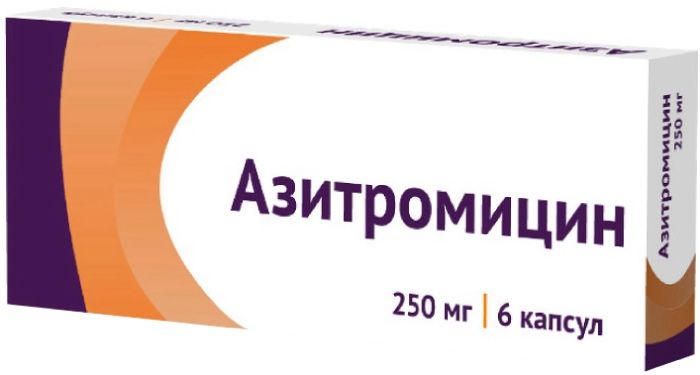
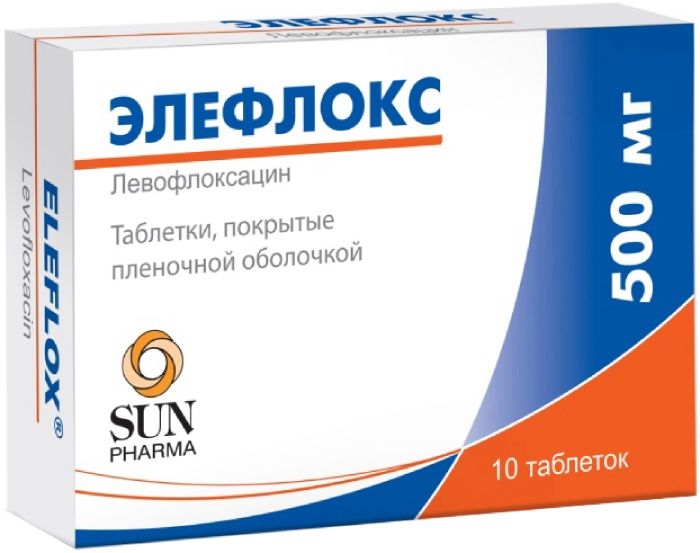
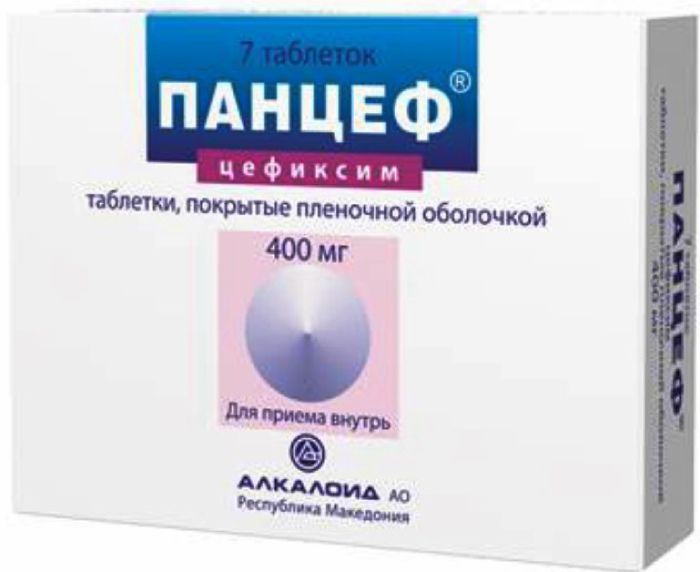
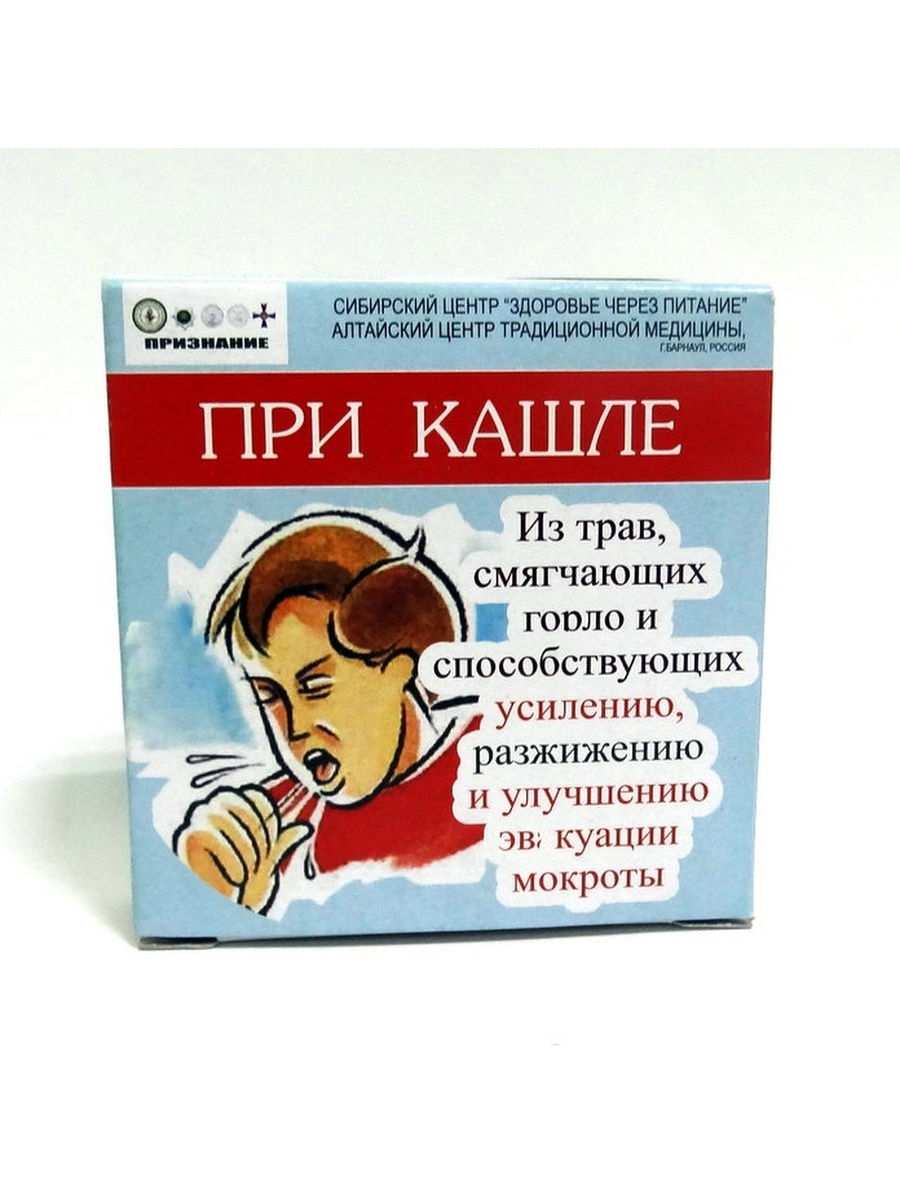


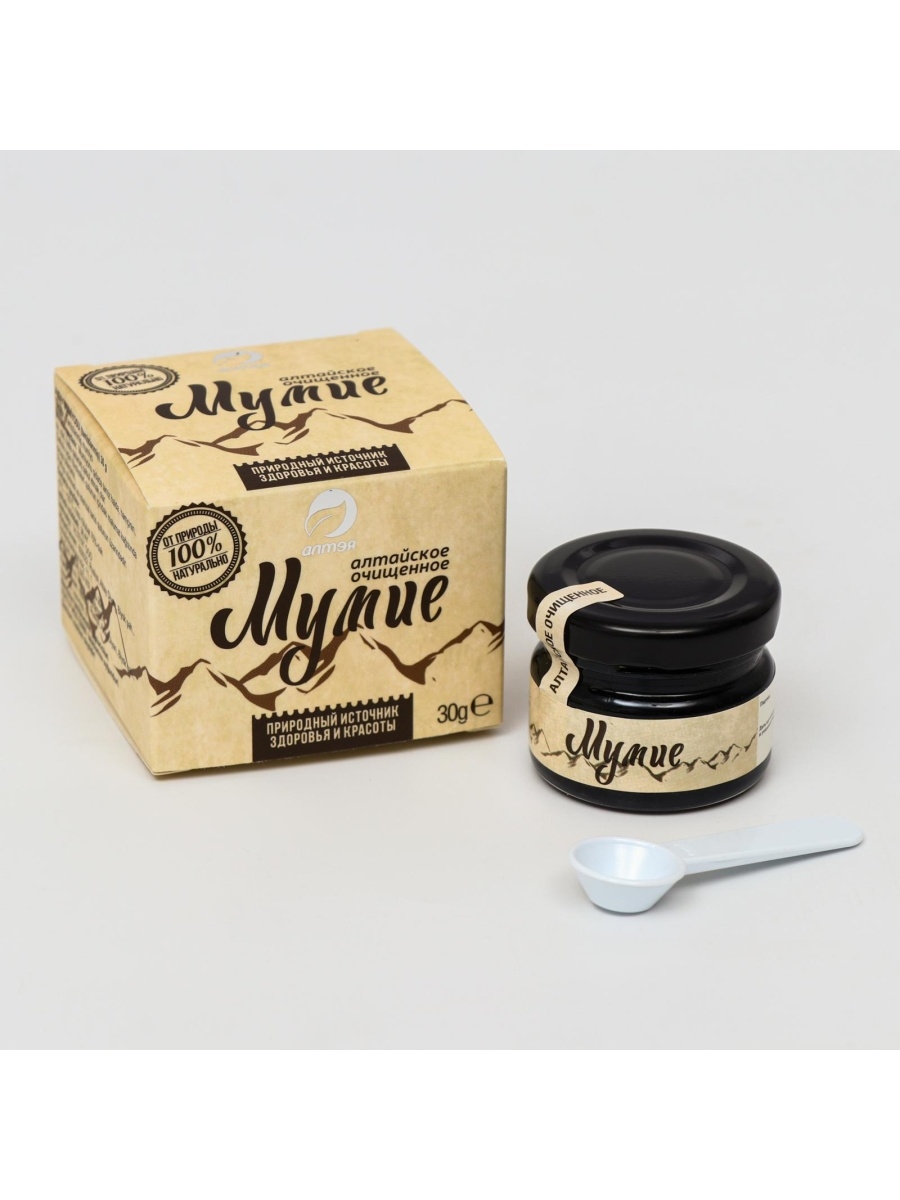






There are no reviews yet.